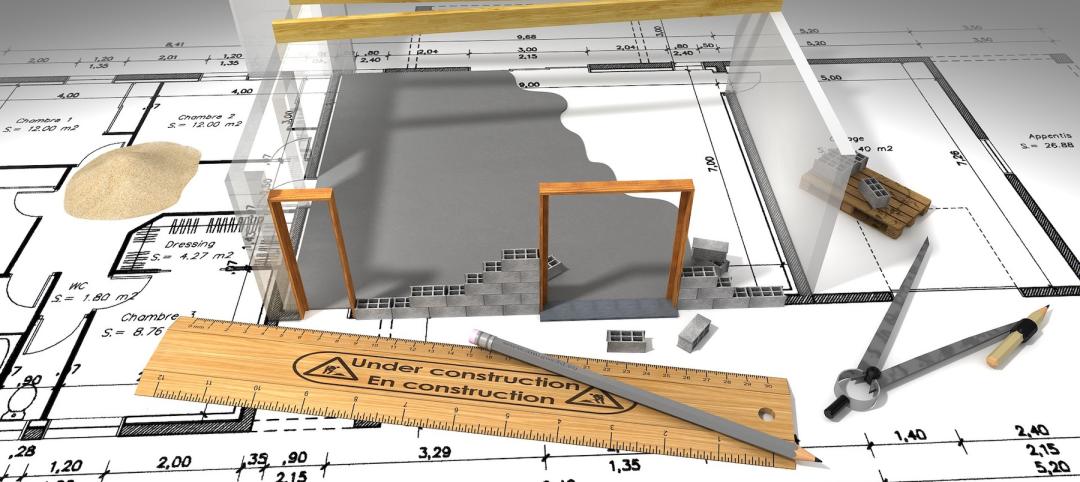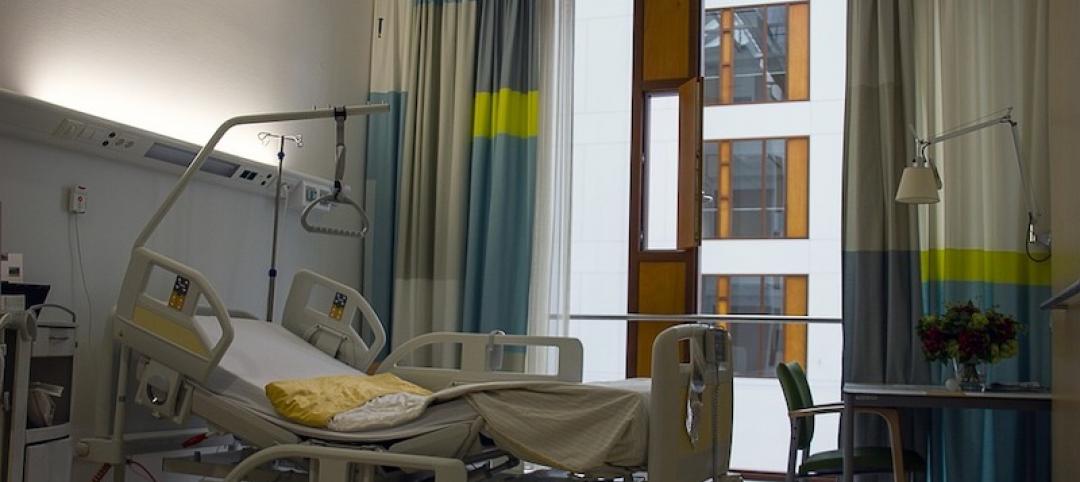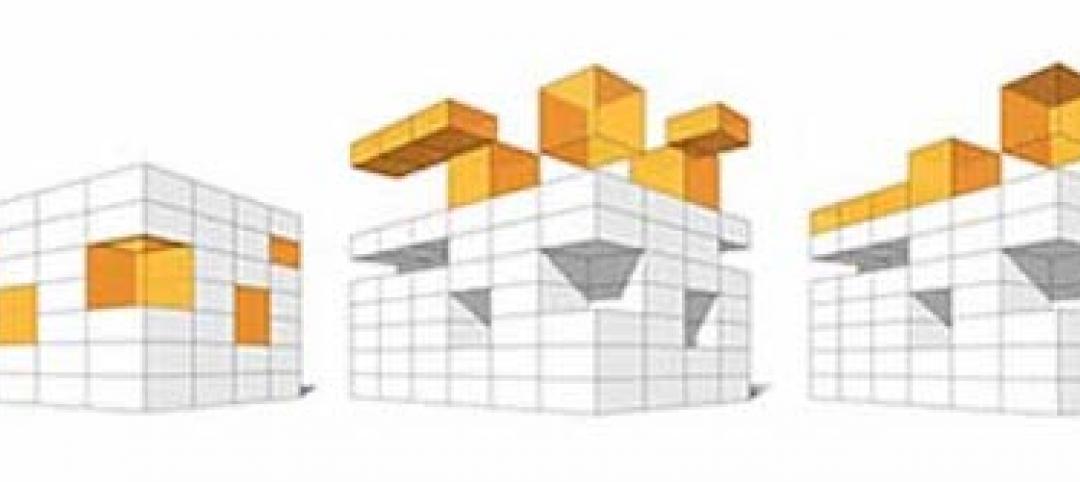- The 2014 Ebola outbreak was first identified by a clinical doctor who recognized one unusual symptom in a cluster of his patients: hiccups!
- What happens in West Africa does not stay in West Africa.
- The good news is: Ebola is not very contagious—it only spreads person-to-person through bodily fluids and not easily.
- The bad news is: Ebola is dangerously infectious—it only takes a single particle of virus to infect someone. In comparison, it takes 100 particles of HIV and 1000 particles of the flu virus.
- The University of Nebraska Medical Center put out close to a hundred informative videos on iTunes University (including some in Spanish) that have garnered over 55 million views.
- It’s all about people: Not surprisingly, we remember the picture of the doctor in Sierra Leone—not the one of the filtered air duct.
- A treadmill in every room: Patients start to feel stir crazy as they get better, days or weeks before they can be safely discharged.
- Use of hand-sanitizer is up and hospital-acquired infections down in hospitals that handled confirmed and suspected Ebola patients.
- Google developed an Ebola-proof tablet.
- Wash your hands!
About the Author: Ellen Randall is a writer with HDR’s Communications Group, and a 13-year veteran of HDR. In her current role, she writes extensively about design and Science + Technology—where her past life as an architect and her natural curiosity about scientific processes serve her well. She is married to an architect (typical architect move!) and they have three grown girls. In her free time, Randall is a long-distance swimmer and a songwriter.
More from Author
HDR | Jun 30, 2022
Adopting a regenerative design mindset
To help address the current climate emergency, a new way of thinking across the entire architecture, engineering and construction industry is imperative.
HDR | Jan 11, 2022
Designing for health sciences education: supporting student well-being
While student and faculty health and well-being should be a top priority in all spaces within educational facilities, this article will highlight some key considerations.
HDR | Sep 28, 2021
Designing for health sciences education: Specialty instruction and human anatomy labs
It is a careful balance within any educational facility to provide both multidisciplinary, multiuse spaces and special-use spaces that serve particular functions.
HDR | Aug 20, 2021
Prioritizing children’s perspectives with play-based design charrettes
Every effort is made to assure that captured insights and observations are authentically from the children.
HDR | Sep 25, 2020
Performance-based textile cleaning and disinfection in the age of COVID-19
It is essential for both designers and environmental services to know the active ingredient(s) of the cleaning products being used within the facility.
HDR | Jan 27, 2020
Elevating the human experience in public realm infrastructure
Understanding the complexities of a community by pairing quantitative data and human needs.
HDR | Oct 2, 2019
Why mass timber?
In a world where the construction industry is responsible for 40% to 50% of CO2 emissions, renewable materials, such as wood, can help mitigate the rate of global warming.
HDR | Aug 23, 2019
5 converging trends for healthcare's future
Our solutions to both today’s and tomorrow’s challenges lie at the convergence of technologies, industries, and types of care.
HDR | Dec 18, 2018
Redesigning the intergenerational village: Innovative solutions for communities and homes of the future
Social sustainability has become a central concern in terms of its effect that spans generations.
















